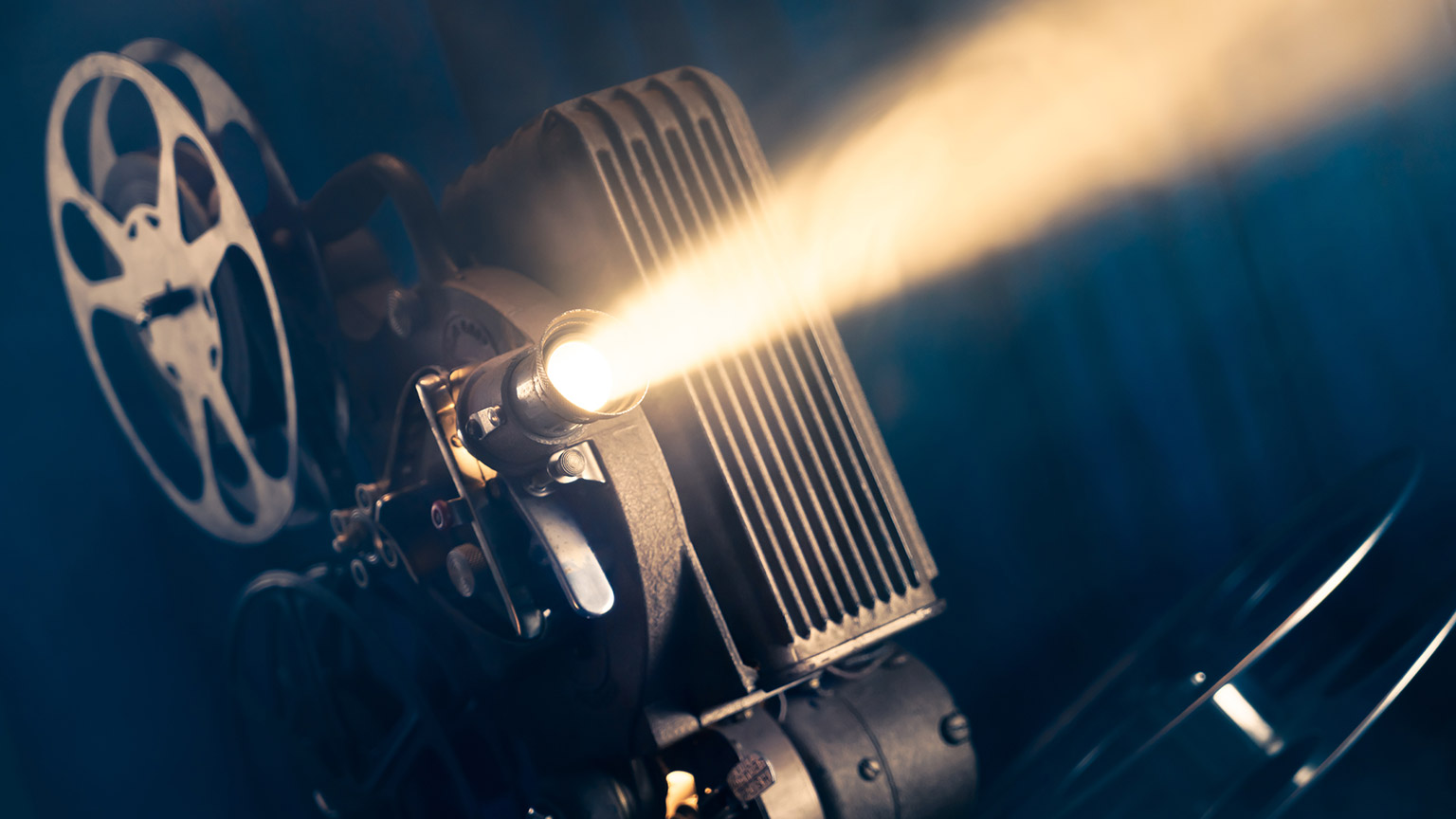What is cinema?
Is it the same as a movie or a film? How and when did this all begin? We'll discover the answer to these questions and learn more about the humble beginnings of film and where film is today.
The questions above are just two of the many questions that can be asked regarding cinema and how it has changed over the years.
Technically, it derives from the ancient Greek word kinema, meaning 'movement'. Historically, it is a shortened version of the French cinematographer, which ultimately means the 'recording of movement'.
Cinema stands at the intersection of art and technology. As an art form, film would not exist without the technology required to capture the moving image.
It is also, and maybe more importantly, a powerful medium of communication. Like language itself, cinema is a surrounding and enveloping substance that carries with it what it means to be human in a specific time and place. It mediates our experience of the world, helps us make sense of things, and, in doing so, often helps shape the world itself.
The 'recording of movement' seems as good a place as any to begin the exploration of the moving image and how it has evolved and shaped the way we see film over the years.
Technology has taken the film industry from silent, black-and-white films to high-definition movies that are capable of making the audience feel as if they are living the experience.
Before we can fully understand the advancements, we need to go back to the beginning - we owe it all to the inventors who explored ways to capture snippets of reality to see the world in a whole new light.
How has film changed over the years?
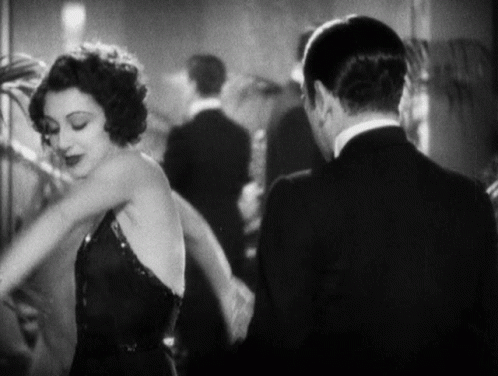
At the very beginning, before all these innovations even existed, film started as a collection of still images viewed one after another in rapid succession to create the illusion of motion.
How does this illusion even work? How can you create a film through a collection of images?
The principles are the same as in animation. Remember the flipbook? Animation and film share this history in common and have some principles in common.
| Back in the 1800s, an English photographer named Eadweard Muybridge was commissioned to settle a bet for a former Governor of California. There was a dispute as to whether a horse at full gallop raises all 4 hooves off the ground at some point. Muybridge was hired to find photographic proof. |
 |
Muybridge set up 12 cameras along a racetrack, each triggered by a tripwire to capture a still image of a horse in motion. His set of 12 photos was something innovative for that period because it showed rapid motion broken down into 12 frozen moments.
As a result, Muybridge’s relevance comes from early technologies he developed and how they affect what we do today.
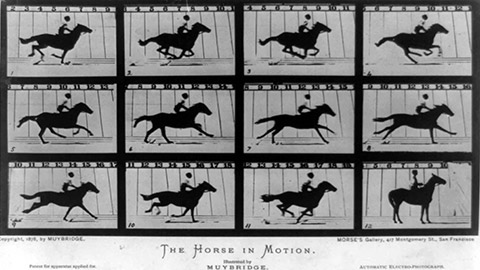
Muybridge developed the images on-site, and the frames proved that a horse's hooves do, in fact, all come off the ground at one point.
This revealed what the naked eye could not see using photography images in fast sequences.
Muybridge is most known for developing technology that led to the first moving pictures. His discovery was an early form of animation that helped pave the way for the film industry.
Eventually, his discoveries led to his invention of the Zoopraxiscope, which was one of the earliest devices for projecting moving pictures. On Muybridge’s Zoopraxiscope, the images were painted onto glass disks, which were spun and projected onto a wall.
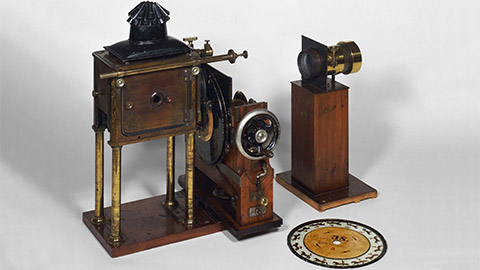
Were you paying attention? Answer these three questions about this topic as a quick check-in.
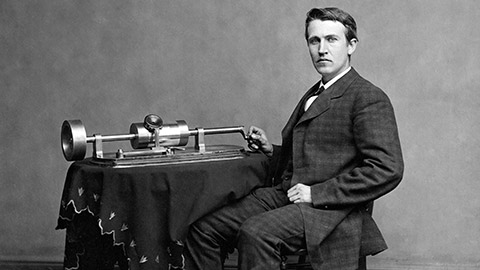
Thomas A. Edison, 1888I am experimenting upon an instrument which does for the eye what the phonograph does for the ear, which is the recording and reproduction of things in motion...
In 1891, Edison created the kinetoscope — a device where a person would pay a nickel to watch a 15-second film. It was quite popular at this stage since it was cheap and accessible. This change created the foundation for modern industries in motion pictures, which contributed to generating jobs, studios and film.
The following images show the kinetoscope and the kinetograph in 1891.
The kinetograph is a camera, and the kinetoscope is a single-view exhibition box used to watch kinetograph films.
One-by-one, people would line up to see the films which focused on everyday life experiences such as children eating, people boxing, dancing and communicating with each other.
Watch one of Edison's films in the following video.
This paved the way for the first filmmakers to experiment with motion picture technologies and storytelling.
While Edison and Dickson (a Scottish inventor who, after moving to the US in 1879, literally talked his way into working in one of Edison's labs) were setting out to make moving pictures in New Jersey, the Lumiere brothers saw the kinetograph and kinetoscope and were intrigued.
Fun fact - when movies became events
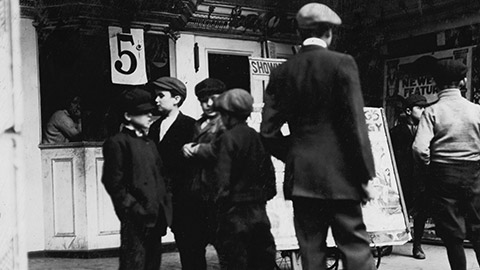
The nickelodeon was the first type of indoor exhibition space dedicated to showing projected motion pictures in the United States and Canada. Usually set up in converted storefronts, these small, simple theatres charged five cents for admission and flourished in the early 20th century. This photo was taken in 1912 in New Jersey, USA.
"Nickelodeon" was concocted from nickel, the name of the U.S. five-cent coin, and the ancient Greek word odeion, a roofed-over theatre. The Odéon was also used as the name of other prestigious theatres in Paris and around the world.
You are probably more familiar with the name Nickelodeon, being a children's television network, but now you know why it was named that way.
In 1895, the Lumière brothers gave birth to the big screen thanks to their revolutionary camera and projector called the Cinématographe (which means writing with movement).
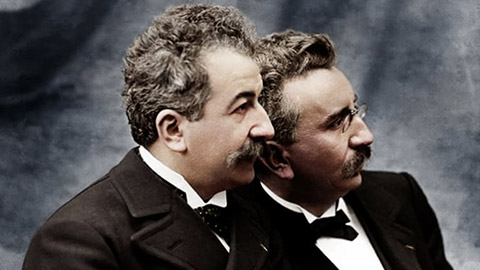
Within years, the Lumière brothers invented an all-in-one motion picture device that made movies that showcased films to the public.
This was a contrast to the kinetoscope, as their films were projected on a wall or screen to allow groups to enjoy the film together instead of having to wait in line to see a film through the kinetoscope individually.
Their device could do it all — it could be carried throughout the world, capture the footage, develop the film and then project it anytime or anywhere you wanted.
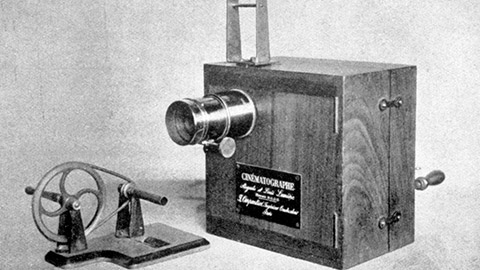
One of their first projected films, Arrival of a Train at La Ciotat, shows a train arriving at the station, coming towards the camera, stopping and passengers boarding the train.
Having in mind how advanced and incredibly high-tech our movie-watching experience is, watching a scene of a moving train is not what you would consider exciting.
However, if you were from the 19th century and you were just getting used to a brand new phenomenon called a ‘photograph’, seeing an image that is moving, well...that would stir up some emotion for sure!
The characteristics of Lumière Brothers films include:
- Silent
- Black and white
- Less than 1 minute
- Slices of everyday life.
The French revolution of storytelling
In the 1900s, a Parisian stage magician named George Méliès brought science fiction, special effects and a more sophisticated way to share film through storytelling.
His illusions, ambitious storytelling and experiments changed history and took audiences to new and thrilling places. In doing so, he jump-started a new special effects revolution, being among the first to use such techniques as double exposure, split-screen, stop motion and slow motion.
Méliès had found a way to perform magic with editing to fool an audience and create illusions he had never been able to do on stage, including levitating heads, making people disappear, changing objects and shapes and creating shadow-like elements to portray ghostly images.
To see some of his cool techniques, check out the following video.
In 1902, Méliès released his masterpiece, Le Voyage dans la Lune (‘A Trip to the Moon’). This was a 14-minute silent film that followed a group of scientists who travel to the moon, sleep under the stars, battle with aliens and triumphantly escape back to Earth.
If you are interested, check it out:
In 1903, film narratives became more appealing as they were designed to engage the viewer rather than astonish them. Audiences were looking for relatable storytelling instead of films capturing everyday life.
Edwin Porter started developing the 'language of film' with his productions. Terms came into play, such as 'shot sizes', 'framing', 'composition' and 'editing'.
Life of an American Fireman introduced the concept of 'parallel editing', and The Great Train Robbery the idea of 'shot sizes'.
This was one of the reasons why The Great Train Robbery was one of the most influential movies of the early Silent Era.
Before The Great Train Robbery, films consisted of stationary shots where the scene was played out in front of the lens, where the camera was never able to move.
Porter was one of the first filmmakers to begin moving the camera during the shot, which led to the 'pan' and the 'tilt'.
- A pan occurs when the camera is turned left or right on a horizontal axis from a fixed point.
- A tilt happens when the camera is moved up or down on a vertical axis from a fixed point.
These techniques would later lead on to more complex films and the start of feature films.
That’s when Edwin Porter brought storytelling to cinema. He was able to chop and change between simultaneous scenes to guide his audience along the plotlines.
This leads us to the change that occurred within Soviet Formalism. Amid a political change in 1919, a Moscow film school, VGIK, was founded and would become the first film school in the world.
Although its purpose was to make newsreels and propaganda for the Communist Soviet Government, there were other filmmakers — including Sergei Eisenstein — that would research to develop the film industry further.
Eisenstein began to explore the notion of 'montage', where he brought conflicting images and shots together that gave the audience contrasting emotions, leaving them shocked or anticipating more. He believed that when creating these conflicting shots, he would be able to cater to the intellectual inner emotions of his audience when depicting a story. He would create scenes where the camera would focus on a specific action and character and then move to another character to witness their response.
To Eisenstein, the creation of film did not start when the cameras rolled; a film was born in the edit. He called this the 'montage' (meaning to assemble).
Throughout history, inventors were able to continually adapt and modify technology to advance film. Through this, they explored and created different genres that emerged in films that were enjoyed worldwide by millions of audience members.
Eisenstein's methods of montage can be seen through examples in the movies below.
See if you can answer these questions about this material before moving on to Film Genres.
